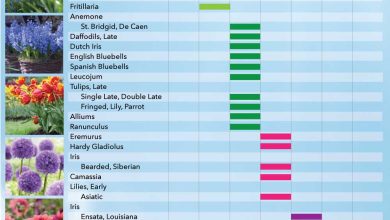Garlic Weevil (Brachycerus algirus): [Characteristics, Detection, Effects and Treatment]
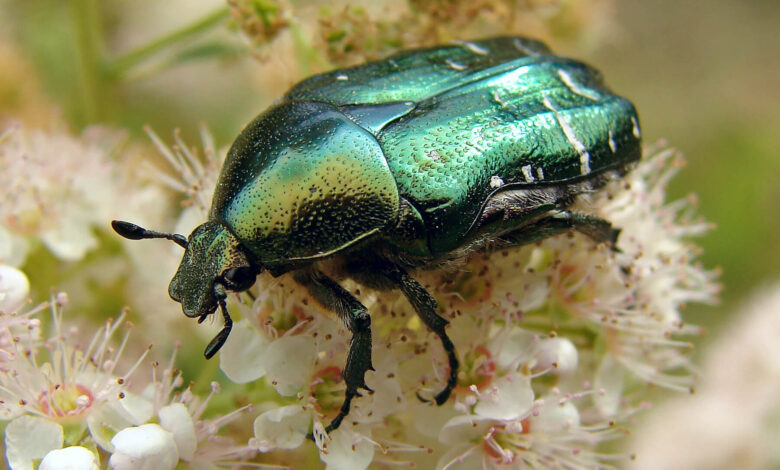
What is the garlic weevil?
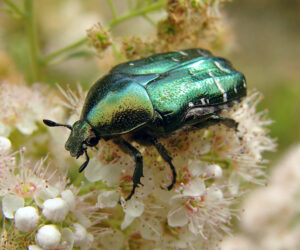 The common insect called the garlic weevil, with the scientific name Brachycerus algirus, is a member of the Curculionidae superfamily, related to the herbivorous beetle family.
The common insect called the garlic weevil, with the scientific name Brachycerus algirus, is a member of the Curculionidae superfamily, related to the herbivorous beetle family.
These tiny invaders, which, as has already been identified, belong to the Curculionidae , are just a sample of the immense variety of animal species quantified in around 5,489 different genera and 86,100 species that live everywhere, throughout the world.
Their larvae are very destructive if they are allowed to acquire a pest behavior, because they live peacefully in the bulb of the plant, from where they remove all the nutrients they need to grow.
The problem for the good health of garlic crops is exacerbated in the spring , when the larvae lay their eggs in the leaves and begin to invade the bulb of the plant , unleashing considerable damage if the behavior takes on the dimension of a pest.
How can we identify it?
- This little beetle is barely 3-4 mm long.
- It has a blackish brown color, with white spots on the elytra.
- Their larvae are barely 1 cm long, they are white, very fleshy and legless.
- They have a great activity inside the bulb, after they burst at birth when placed on the leaves.
- In the so-called pupation phase, they live within the part near the root crown, at the end of the summer season.
What plants does the garlic weevil affect?
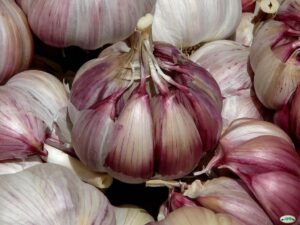 It especially affects garlic crops, although in general terms this species suffers from practically the same pests and diseases that attack onions .
It especially affects garlic crops, although in general terms this species suffers from practically the same pests and diseases that attack onions .
The garlic is a condiment old data. Its presence is located in the dressings of Greeks and Indians, 3,000 years BC, but it is believed to be native to Asia, central-south region.
From there he went to the Mediterranean region, later achieving a worldwide position as an essential in the preparation of dishes of all kinds.
The Spanish, back in the 15th century, took it to the American continent, where it conquered everyone’s cuisine. But although it is a rustic plant, it is usually the victim of annoying pests that retard its growth and destroy its bulbs. The Brachycerus algirus is merciless and eats leaves and bulbs.
The larvae of this weevil also attack many other lilaceae.
How to combat the garlic weevil?
There are several prevention protocols that we must use when growing this powerful crop with great beneficial properties for people’s health.
Remove weeds
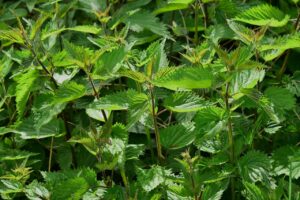 It has the advantage that thanks to its morphological characteristics it occupies little land, so it is manageable even when this favors the proliferation of weeds that can reduce their development.
It has the advantage that thanks to its morphological characteristics it occupies little land, so it is manageable even when this favors the proliferation of weeds that can reduce their development.
They must be eliminated as soon as they appear with a good manual weeding and herbicides, a practice that should be maintained regularly.
Recommended Associations
A very important recommendation is that, as with any lilac, garlic may never be planted behind garlic, onions and neither beans , beets, peas , broad beans , spinach , alfalfa, nor after a fruit plantation has been uprooted. and a vineyard.
Preceding crops such as lettuce, cabbage , peppers , barley, squash , potatoes, and wheat are favorable .
Irrigation
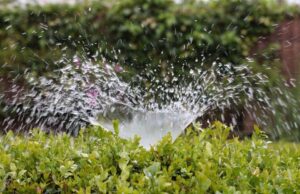 Another peculiarity of this crop is that the irrigations have to be spaced, because they are not essential to maintain the good health of the plant. Quite the opposite.
Another peculiarity of this crop is that the irrigations have to be spaced, because they are not essential to maintain the good health of the plant. Quite the opposite.
However, they should be executed with spray and gravity techniques when springs are dry and winters are mild. And on loose terrain.
But in general terms, the water needs are low, from the appearance of the shoots until the time of bulbification. If there is a good rainy period, it will be enough for the bulbs to form normally. In fact, watering is not necessary about two weeks before harvest.
Remedies
A good natural solution that prevents greater evils with this and other insects, consists of preparing a preparation based on bay leaves and neem. Ideally, get fresh bay leaves and / or neem , which are prepared as follows:
- Use around 300 grams of the young leaf of either of the two species, for every 10 liters of water that is prepared for the day of spraying.
- If the leaves are dry, but still odorous, then 200 grams are used for the same amount of water.
- They should be cut in half and then put in a large container.
- Boil a 5th part of the total water and add it to the bowl with neem and / or bay leaves .
- Cover and let it rest. The difference in water is then added and stored in a cool, dark place.
- After two days, the mixture should be strained and then it is ready to keep in the refrigerator. Thus it lasts intact for about a month.
- When this preparation is to be used, it is applied on the leaves of the affected plants with the help of a spray-type container, diluted of course in water.
- What the experts recommend is to spray in the evening, every 3 days.
What are the best products to eliminate the weevil from garlic?
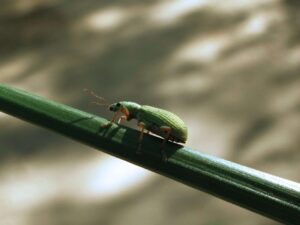 There are several control methods of a chemical nature. Insecticides that by the way should only be used if the pest is out of control and natural options don’t work.
There are several control methods of a chemical nature. Insecticides that by the way should only be used if the pest is out of control and natural options don’t work.
When nuisance intruders appear, such as Brachycerus algirus , it can be treated as the COMPO Soil Insects product. It is used after burying it in the substrate of the plant.
It is a granulated insecticide based on 5% Chlorpyrifos. Other recommended components when you have to undertake a chemical fight are:
- Carbaryl 50% PM, between 200-250 g / Hl.
- Endosulfan 35% LE, fill 150-300 cc / Hl.
- Trichlorfon 80% PM, between 250-300 g / Hl.
- Methyl-azinphos 20% LE, at 150-250 cc / Hl.
- Ethyl-parathion 50% LE, at 150 cc / Hl.
- Methamidophos 50% LE, at 100 cc / Hl.
- Fosmet 50% LE, at 250 cc / Hl.


![Photo of The Planting of the Holm Oak in Depth [Complete Guide]](https://www.complete-gardening.com/wp-content/uploads/2022/08/the-planting-of-the-holm-oak-in-depth-complete-guide-390x220.jpg)

